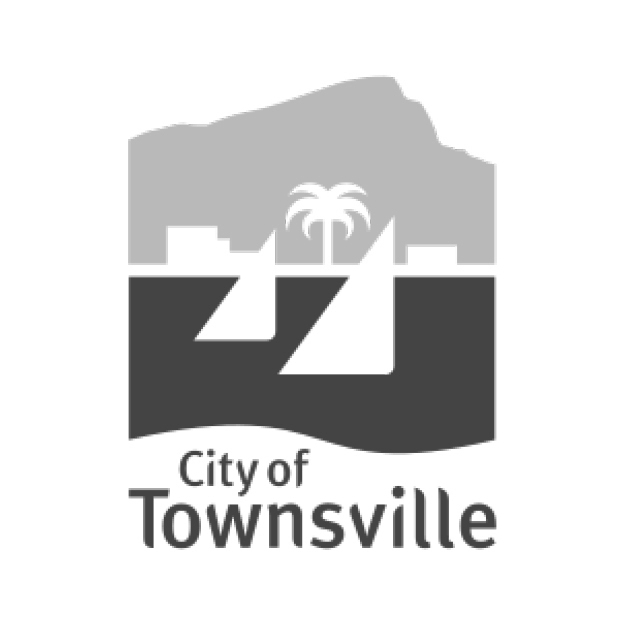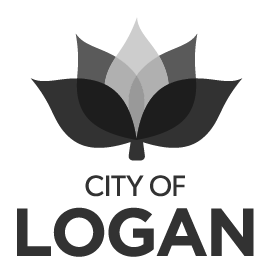Forget SMART Goals - think bigger!
Michael Connelly
Since high school, we’ve been taught to set SMART Goals. For the most part, this is ok, but there is a fundamental drawback to setting SMART Goals. So clubs should be setting Goals that are not SMART for their clubs instead!
Let me explain… In SMART, the ‘S’ stands for specific. This is fine. It means that we know what our goal relates to; increasing membership for instance. ‘M’ is for measurable. Perfect. This means that when we set our goal, we set a measurable target so that we will know when we have achieved our goal. For a membership goal, this would be the number of members we are targeting. ‘A’ is for agreed, meaning that the leaders of the club, those on the committee, agree that the goal is set where we want it. The ‘T’ at the end usually stands for time-bound, meaning the SMART Goals have a specific deadline.
I believe that the limiting part of a SMART Goal is the ‘R’. Realistic. If clubs only set goals that are realistic, the drawback is typically that they will set their goals based on what is realistically achievable with the skills, knowledge and resources we have today.
Let me continue my example of a membership goal. Let’s say we are on the committee of a football club with one full-size field and a current playing membership base of 150. A goal that blows away the SMART concept would be to increase membership to 1,000!
When I suggested this goal to a club in this exact situation recently, it made some people get pretty ‘shouty’! How dare I suggest anything so stupid!
That sort of reaction is pretty common, but it shouldn’t be. The shouty few are looking at the goal entirely in the mindset of the past and the present - that is, we are a club that plays 11-a-side football on a full-size pitch, and the one pitch we have is enough to accommodate only a modest increase in membership.
So while this club could safely set a SMART Goal to increase membership by 10% net per annum for the next 5 years, where is the creativity in that? After 5 years, we’d have 242 members, and still be playing 11-a-side football on a full-size pitch.
If we leave our goal at 1,000, it will encourage the committee to start thinking differently about what they can do today to set them on a more exciting path. It’s only by setting a goal that is not SMART that they would consider options for facility expansion, like securing a second or third pitch, the introduction of new and creative forms of participation and even new activities that could attract a different cohort of members altogether!
The action planning that is driven by bigger goals that are not SMART is so much more motivating. Massive goals keep people focused on the longer-term and the big picture. And that sort of motivation is exactly what an inspired and happy volunteer is looking for!





























